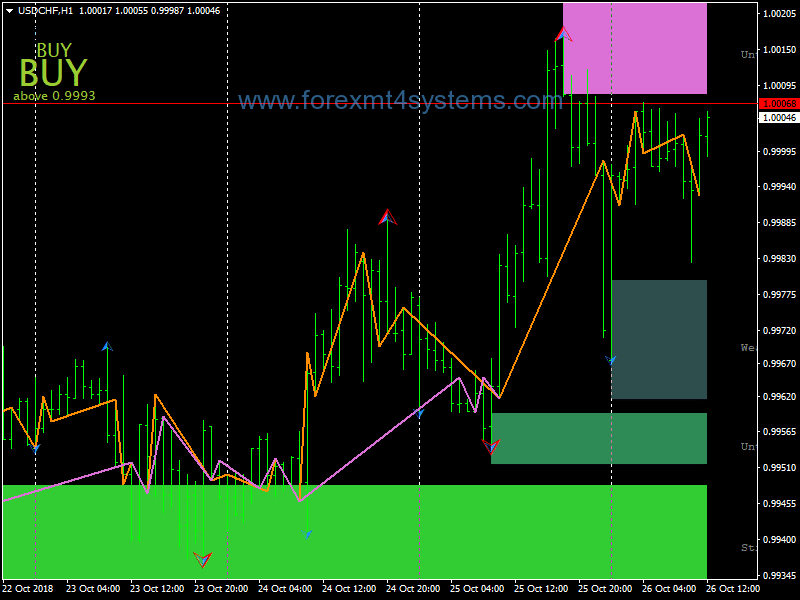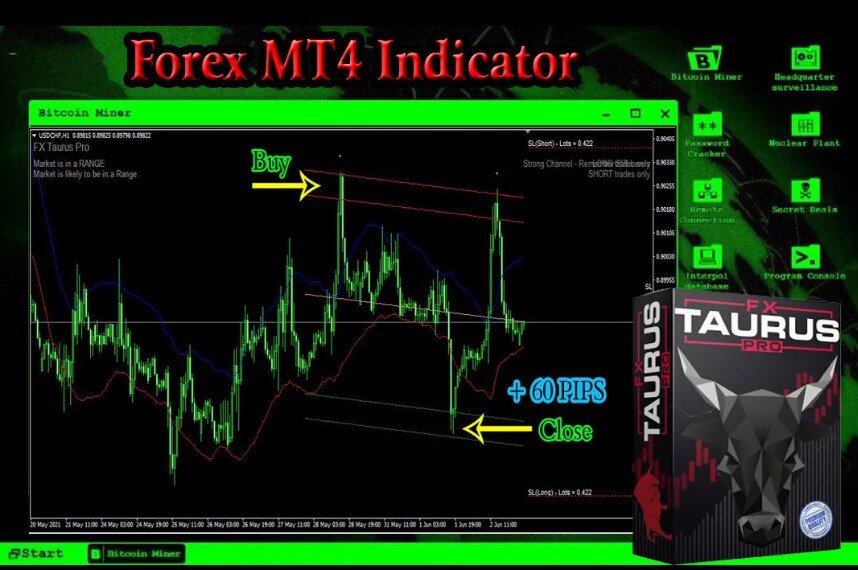The Powerful Forex Zig Zag Support and Resistance Trading Strategy
The forex Zig Zag support and resistance trading strategy is a simple yet effective approach to trading based on dynamic support and resistance levels identified by the Zig Zag indicator. This strategy can help traders filter out market noise, identify significant swing highs and lows, and pinpoint potential entry and exit points in the market.

Download Free Forex Zig Zag Support Resistance Trading Strategy
Understanding the Zig Zag Indicator
The Zig Zag indicator is a technical analysis tool that reduces random price fluctuations and focuses on more meaningful price movements. It works by connecting alternating swing highs and lows with straight lines to form a “zig zag” pattern.
Some key features of the Zig Zag MT4 indicator:
- It ignores small price movements and only reacts to movements equal or larger than a set percentage or “deviation” level, typically 5% by default. This helps filter out market noise.
- It identifies swing highs and lows which act as dynamic support and resistance levels.
- The most recent swing highs and lows serve as potential entry and exit points for trades.
- It helps determine overall market trend direction and strength.
By simplifying the chart and isolating significant price swings, the Zig Zag indicator can help traders make sense of market volatility and identify trading opportunities aligned with the major trend.
How to Trade with Zig Zag Support and Resistance
The Zig Zag support and resistance strategy combines the power of the Zig Zag indicator with classic support and resistance analysis. Here are the main rules for trading with this strategy:
Long Trades
- Go long when price pulls back to a support level as identified by the Zig Zag indicator connecting a swing low.
- Place stop loss below the recent swing low.
- Take profit at the next swing high level or based on a favorable risk reward ratio.
Short Trades
- Go short when price rallies to a resistance level as identified by the Zig Zag indicator connecting a swing high.
- Place stop loss above the recent swing high.
- Take profit at the next swing low level or based on a favorable risk reward ratio.
Exit Rules
- Move stop loss to breakeven once price moves favorably by 1:1 risk reward.
- Trail stop loss below swing highs for long trades or above swing lows for short trades.
- Close trade if stop loss is hit.
Optimizing the Zig Zag Indicator Settings
The Zig Zag indicator has several adjustable settings that can be optimized for your trading style and the particular market you are trading:
- Deviation – The percentage price change required to trigger a new swing high or low. Lower values produce more sensitivity while higher values filter out more noise. 5% is common but values between 3-10% can be effective.
- Depth – The number of bars required without a new swing high or low before a reversal is confirmed. Higher values ensure robust reversals.
- Backstep – The minimum price retracement required before a new swing point is plotted. Controls indicator smoothness.
Experiment with these settings on historical data to find the optimal parameters for your strategy. The best settings will isolate significant swings without excessive noise or lag.
Combining Other Indicators with Zig Zag
While the Zig Zag indicator can be used on its own, combining it with other technical analysis tools can provide more robust trading signals and confirm market direction. Some options include:
- Trend Lines – Draw trend lines connecting Zig Zag swing highs and lows to identify ranges and trend strength.
- Moving Averages – Use moving averages to confirm trend direction shown by the Zig Zag indicator.
- Oscillators – Overbought/oversold oscillators like RSI can signal potential Zig Zag swing reversals.
- Candlestick Patterns – Look for candlestick reversal patterns at Zig Zag support and resistance levels.
- Fibonacci Retracements – Zig Zag swing highs and lows can act as reference points for Fibonacci retracements.
The Benefits of Trading with Zig Zag Support and Resistance
Some of the key benefits of using the Zig Zag indicator for support and resistance trading include:
- Provides objective, unbiased swing points unaffected by emotion or bias.
- Can identify trading opportunities in volatile or trending markets.
- Filters out market noise so traders can focus on major swings.
- Swing points act as dynamic support/resistance with automatic adjustments.
- Visual tool provides clear areas for potential entries and exits.
- Confirms prevailing trend direction and strength.
- Complementary to other analysis techniques and indicators.
Overall, the Zig Zag support and resistance approach is a robust yet flexible trading strategy that can boost profits for short-term traders in particular. It takes the guesswork out of support and resistance analysis while leveraging the power of trading with the trend.
Conclusion
The Zig Zag indicator is an invaluable yet underutilized trading tool that can filter out market noise, identify significant swing points, and pinpoint high-probability entries and exits. When combined with classic support and resistance analysis, it becomes a simple yet powerful strategy for trend trading.
Optimizing the indicator settings and combining it with other technical tools can further improve performance. By leveraging the Zig Zag indicator, traders can gain an edge in volatile markets and profit from trading with the dominant trend. It is a robust addition to any trader’s analytical toolkit.


